At Diamonds USA, you can sell your jewelry for the highest price possible. Gold, platinum, and other metals—along with precious stones like diamonds—are all beautiful to have, but if no one is wearing them, it may be an opportune time to capitalize on the gains.
Whether your jewelry is broken, out of date, or simply no longer suits your style, there is something you can do with it. You can send your jewelry to Diamonds USA and get great value for it in a short amount of time.
The Diamonds USA team has been appraising and buying unwanted jewelry for years, and assaying precious metals like platinum since 2005. Our GIA-certified appraisers will ensure you get the best price every time you send your jewelry to us.
How to Sell Your Jewelry
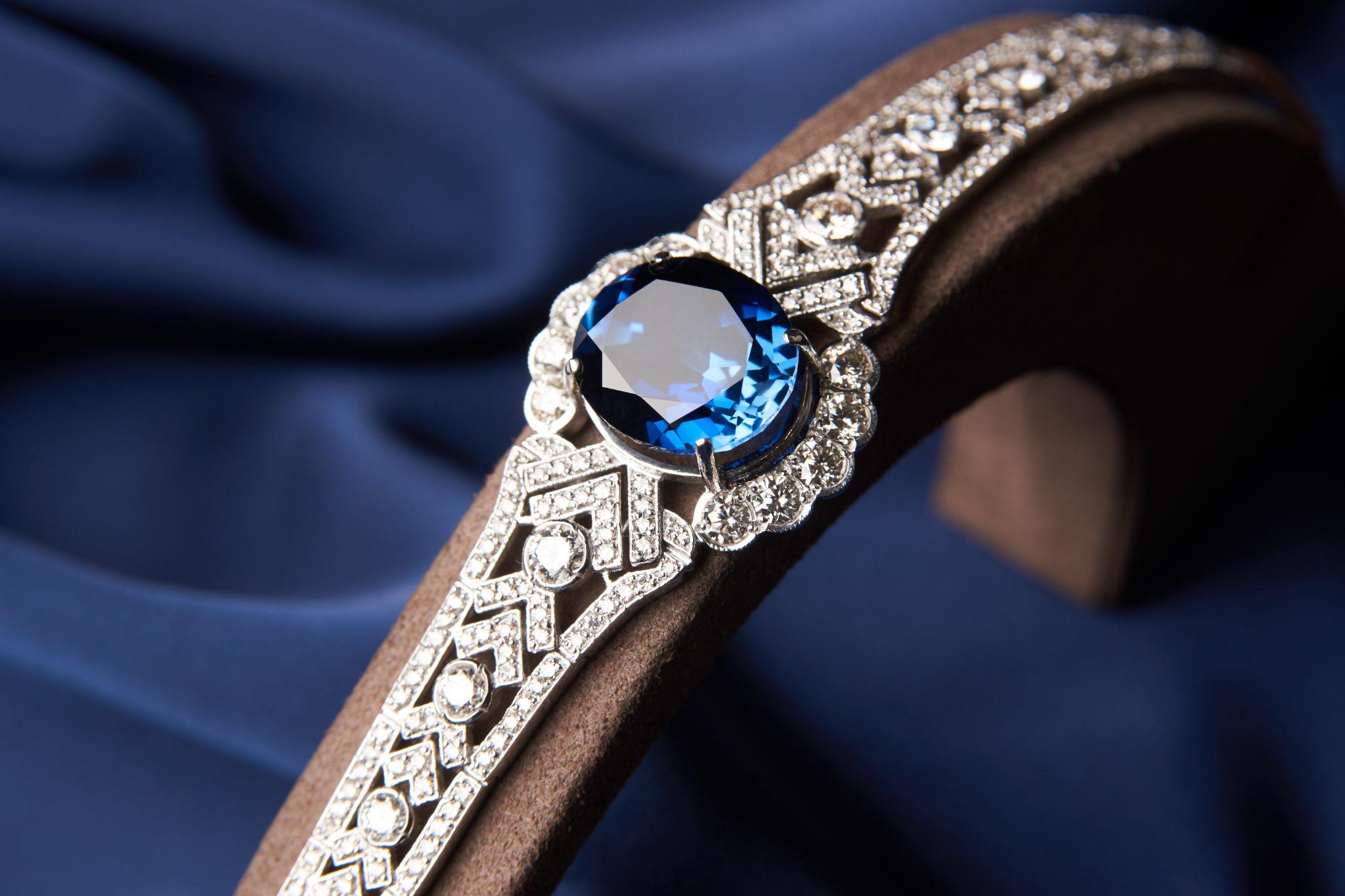
Diamonds USA won’t put you through a complicated process in exchange for selling your jewelry. With only three steps, we are sure you will find our selling process to be incredibly straightforward:
- Request your insured appraisal kit at no cost, and wait for it to arrive.
- Place your jewelry inside and ship via the complimentary FedEx label.
- Receive your offer, and if you accept, we’ll submit your payment immediately.
If you decide not to accept our offer, we’ll return your jewelry right away, no questions asked. We have designed this process to be incredibly easy for you and risk-free.
We have our own GIA-certified and trained appraisers at CJ Environmental. When your shipment arrives, our professionals get straight to work determining its value.
This means carefully assessing the 4Cs: carat, color, clarity, and cut of the stone. We assay your bracelet, engagement ring, necklace, or other jewelry for the stone value as well as the precious metal value, which will be included in your offer amount.
The Benefits of Selling Your Items to Diamonds USA Experts
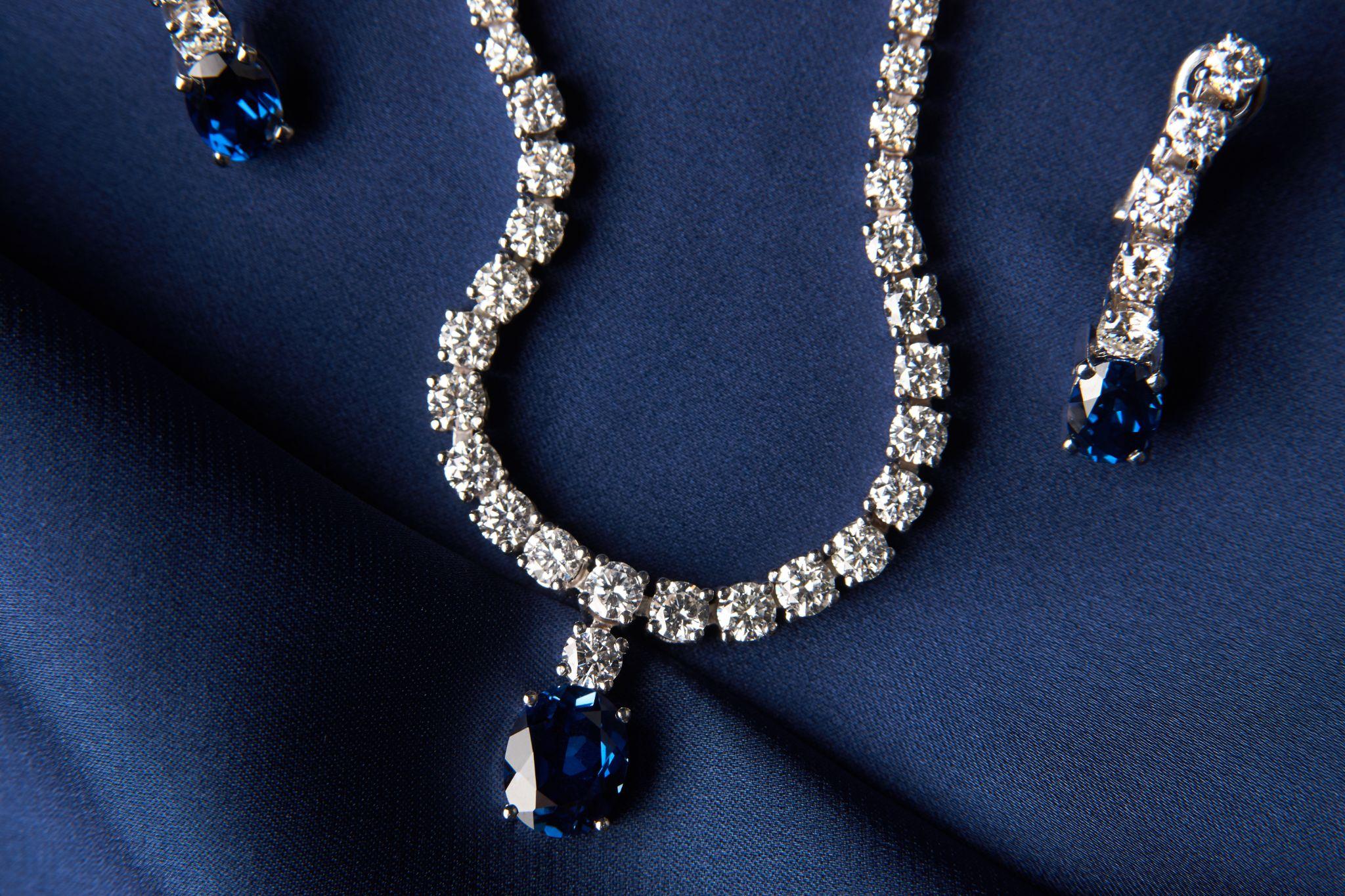
Selling your diamonds and jewelry online with Diamonds USA has many benefits.
We Guarantee the Safety and Security of Every Shipment
Our appraisal kit is absolutely free for you to receive and send. Once you request your appraisal kit, you will receive a fully insured means of sending your jewelry to us. Each kit is protected from damage and loss up to $5,000 USD automatically. If you require additional insurance, that can be arranged prior to shipping for up to $100,000 USD at no cost to you. Once we receive your jewelry, it is handled securely and with the utmost care by our expert appraisers.
We Have Extensive Experience and Offer the Best Prices
When you choose to sell your jewelry with Diamonds USA, you are choosing a company with a combined 50 years of experience in buying, appraising, and assaying precious metals. We have worked with every size of shipment and business, from individuals to Fortune 500 companies.
We Provide Efficient and Cost-Effective Service
Diamonds USA is not one of your typical jewelry buyers. One of the major benefits of selling your jewelry with Diamonds USA is that you can do everything from the comfort of your home.
We also do not have to contend with the inflated overhead costs of running a retail storefront, like many of our competitors.
We Accept Everything
Regardless of whether your jewelry is broken or you have loose diamonds or stones, you can still send it to us for a free appraisal.
How Diamonds USA Determines the Value of Your Jewelry

The grading and valuing of diamonds and metals is not something everyone is well versed in which is understandable. It’s important to our company that our customers understand how we work so that you know how we arrive at your offer.
The only way to determine the true value of your diamond jewelry is to consider the “4Cs.” Here’s what the 4Cs stand for:
Carat weight is how much a diamond weighs. The higher the weight of a stone, the higher its value will be and the more you will receive. Carat weight is calculated by dividing one carat into 100 points. Therefore:
¼ carat = 25 points
½ carat = 50 points
1 carat = 100 points
1 ½ carat = 150 points
2 carat = 200 points
Color is the next C on the list. This characteristic involves determining where a diamond rates on the color scale. A stone having more yellow will be lower in value.
Colorless (highest value) – D, E, F
Near Colorless – G, H, I, J
Faint Yellow – K, L, M
Light Yellow – N, O, P, Q, R,
Very Light Yellow (lowest value) – S through Z
Clarity has to do with how flawless a stone is. To determine where a diamond falls on this scale, appraisers will look at how many blemishes, or inclusions, can be seen in the stone. A higher value will be given to stones with the fewest blemishes.
This value rates blemishes according to an 11-grade scale ranging from Flawless (FL) to Included (I3).
Cut is the way a diamond was shaped by the jeweler. The accuracy of the cut, or more specifically, how perfect the cut lines appear, will determine the worth of the stone. Because modern equipment produces far cleaner lines, these are worth more than antique stones. Also, certain cuts are more desirable than others, based on consumer demand.
Understanding Diamond Cuts
Diamonds are cut and shaped in various ways to enhance their brilliance, sparkle, and fire. “Fire” refers to the prismatic display of colors that are visible when light enters the diamond and reflects off its facets.
Round Brilliant Cut
This cut is the most popular and classic diamond shape. It has 58 facets, including a large table (the flat top facet) and a culet (the small facet at the bottom). The Round Brilliant Cut is designed to maximize the diamond’s brilliance and fire by reflecting and refracting light from every angle.
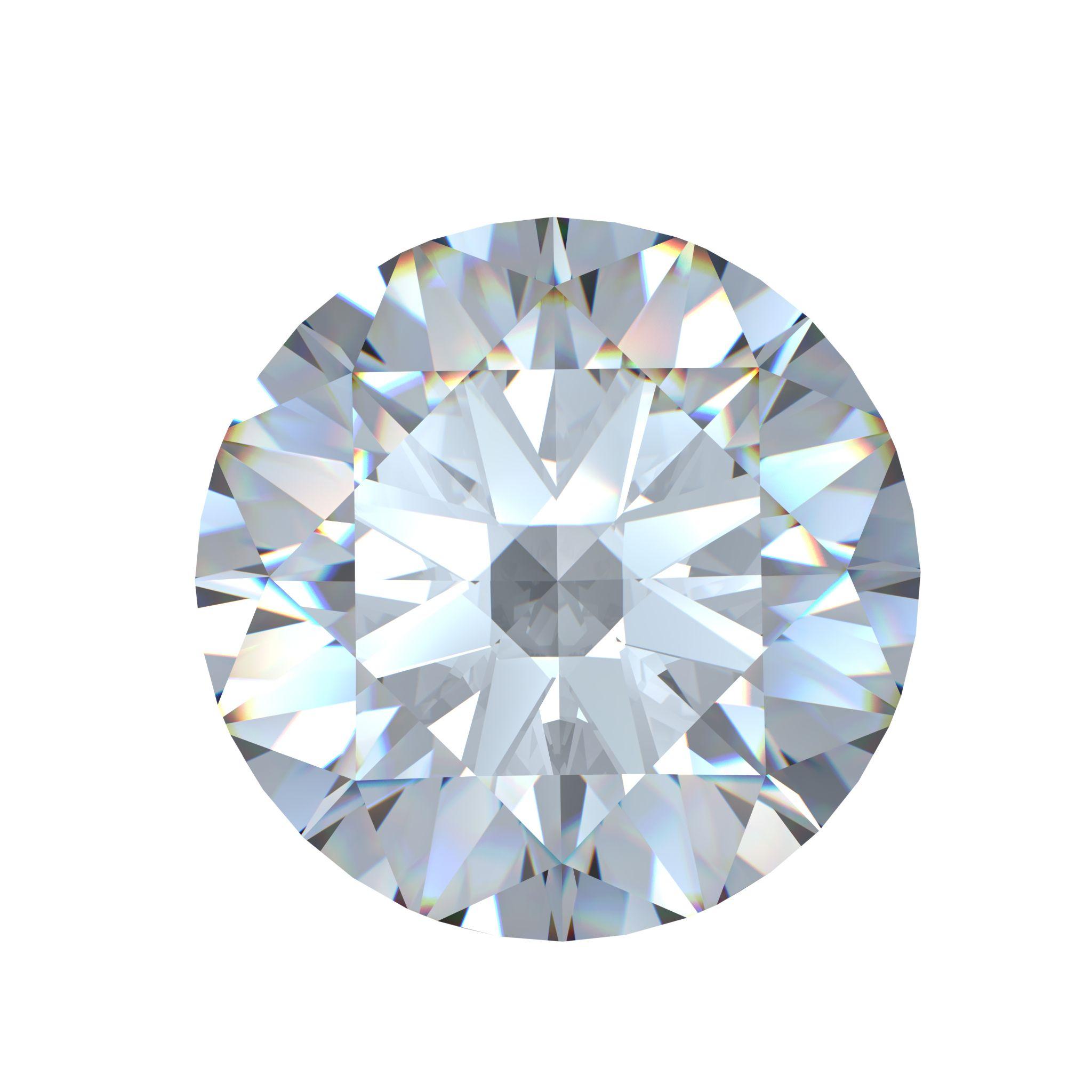
Princess Cut
This cut is a square-shaped diamond with pointed corners. It has 76 facets, including chevron-shaped facets on the underside that create a unique pattern of light reflection. The Princess Cut is known for its excellent sparkle and modern look.

Emerald Cut
This cut is a rectangular shape with cut corners. It is a step-cut, which means that its facets are arranged parallel to the diamond’s girdle. The Emerald Cut has fewer facets than other cuts, typically around 50, but its large, flat facets create a hall-of-mirrors effect that accentuates the diamond’s clarity.
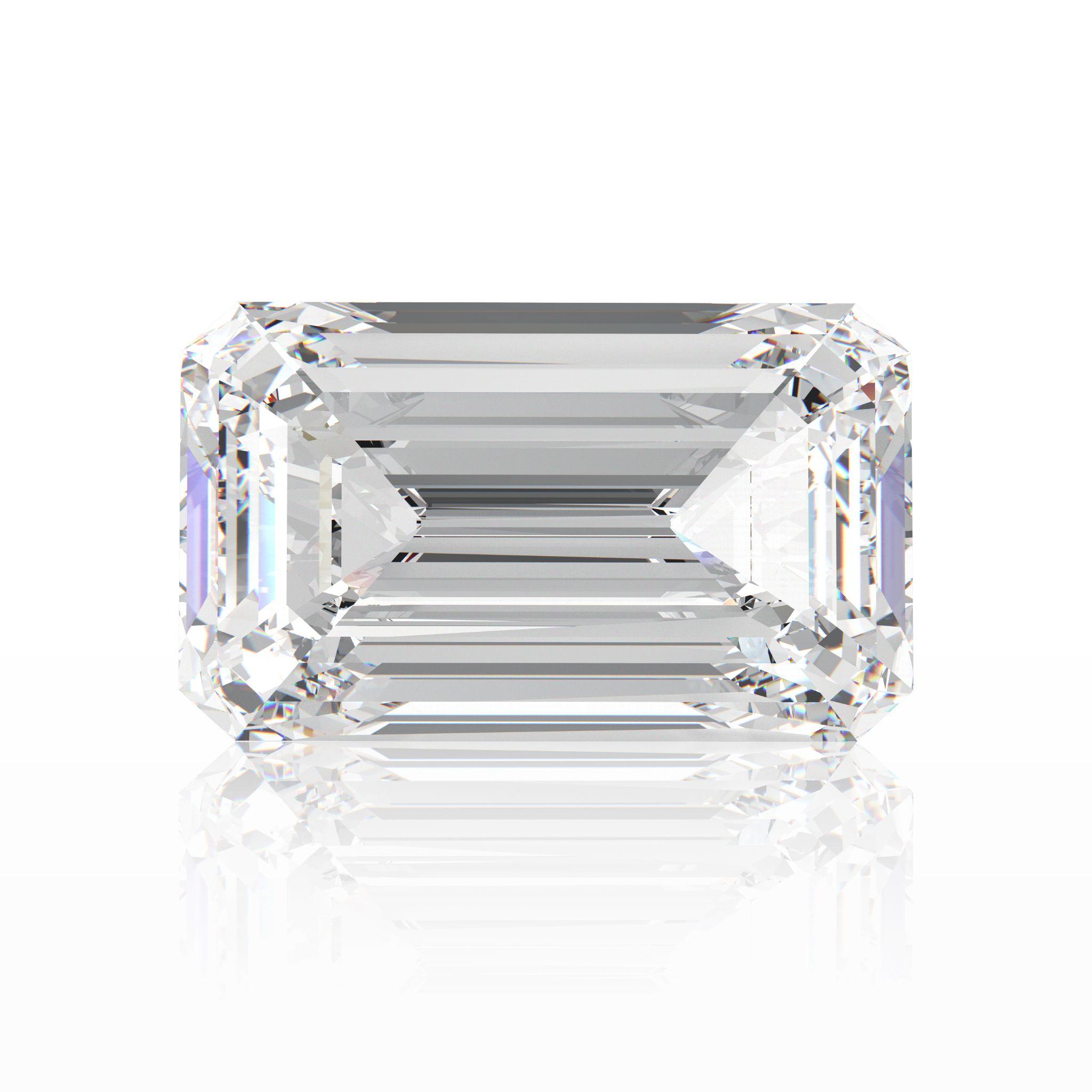
Cushion Cut
This cut has rounded corners and larger facets that create a soft, pillow-like appearance. It can have a square or rectangular shape, and it can have a variety of facet patterns. The Cushion Cut is often used for antique-inspired or vintage-style engagement rings.
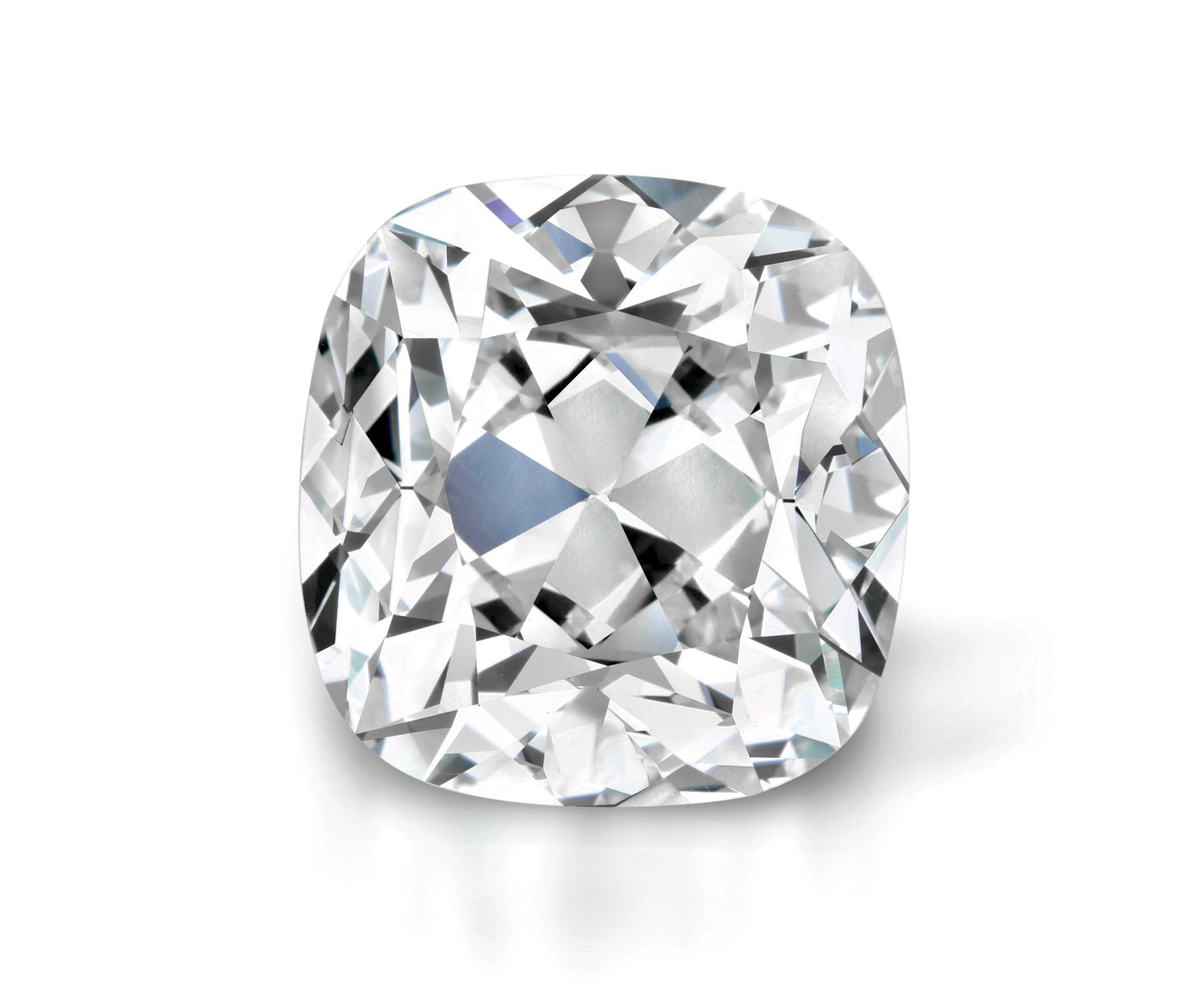
Radiant Cut
This cut is relatively new, first introduced in the 1970s, and combines the elegance of an Emerald Cut with the sparkle of a Round Brilliant Cut. The Radiant Cut can have either rectangular or square proportions, with the corners cut at an angle to create an octagonal outline.
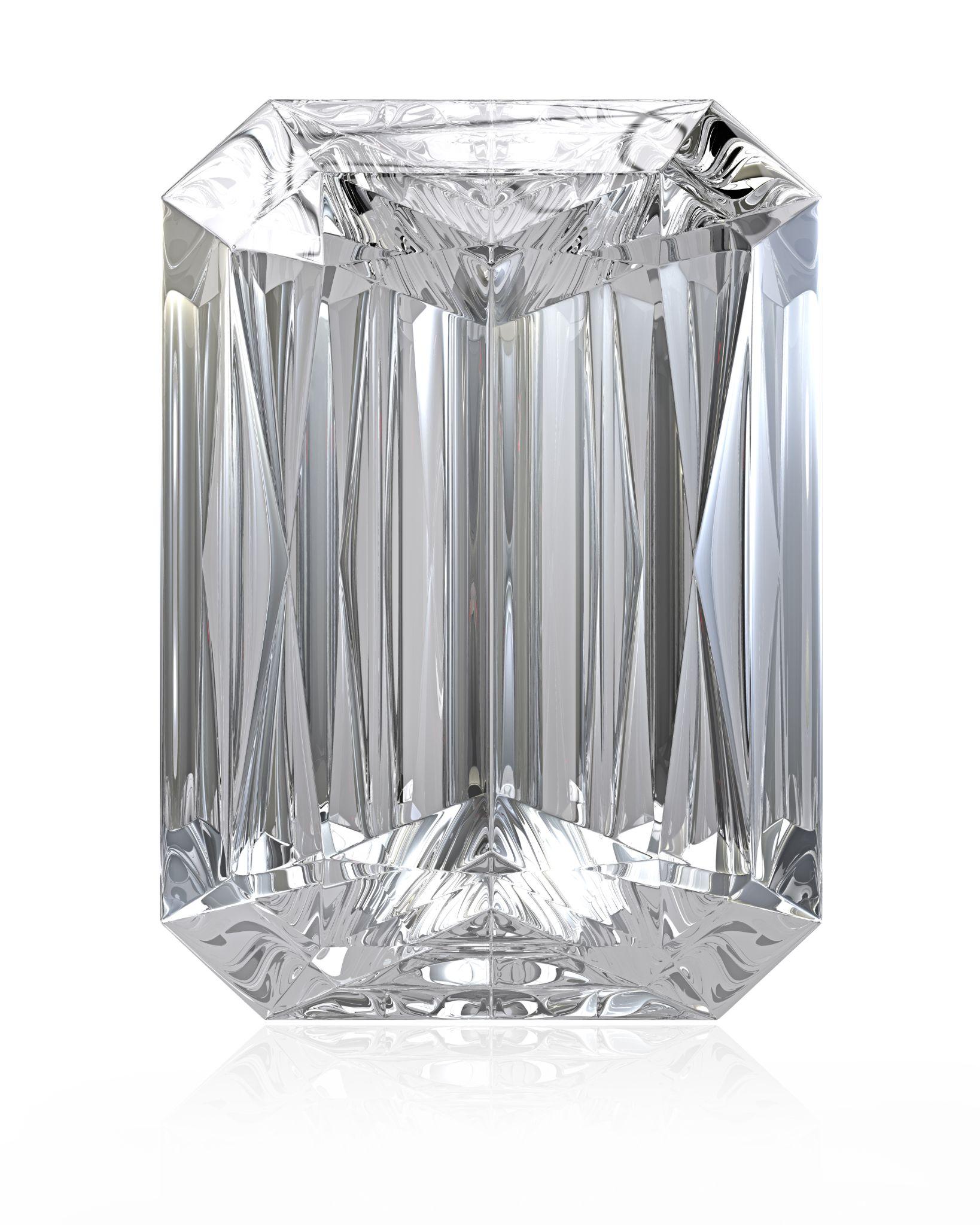
Asscher Cut
This cut is a square shape with trimmed corners, similar to the Emerald Cut, but with a higher crown and smaller table, which makes it appear more brilliant. Its step-cut facets are arranged parallel to the diamond’s girdle, creating a hall-of-mirrors effect that emphasizes the diamond’s clarity and creates a unique sparkle.
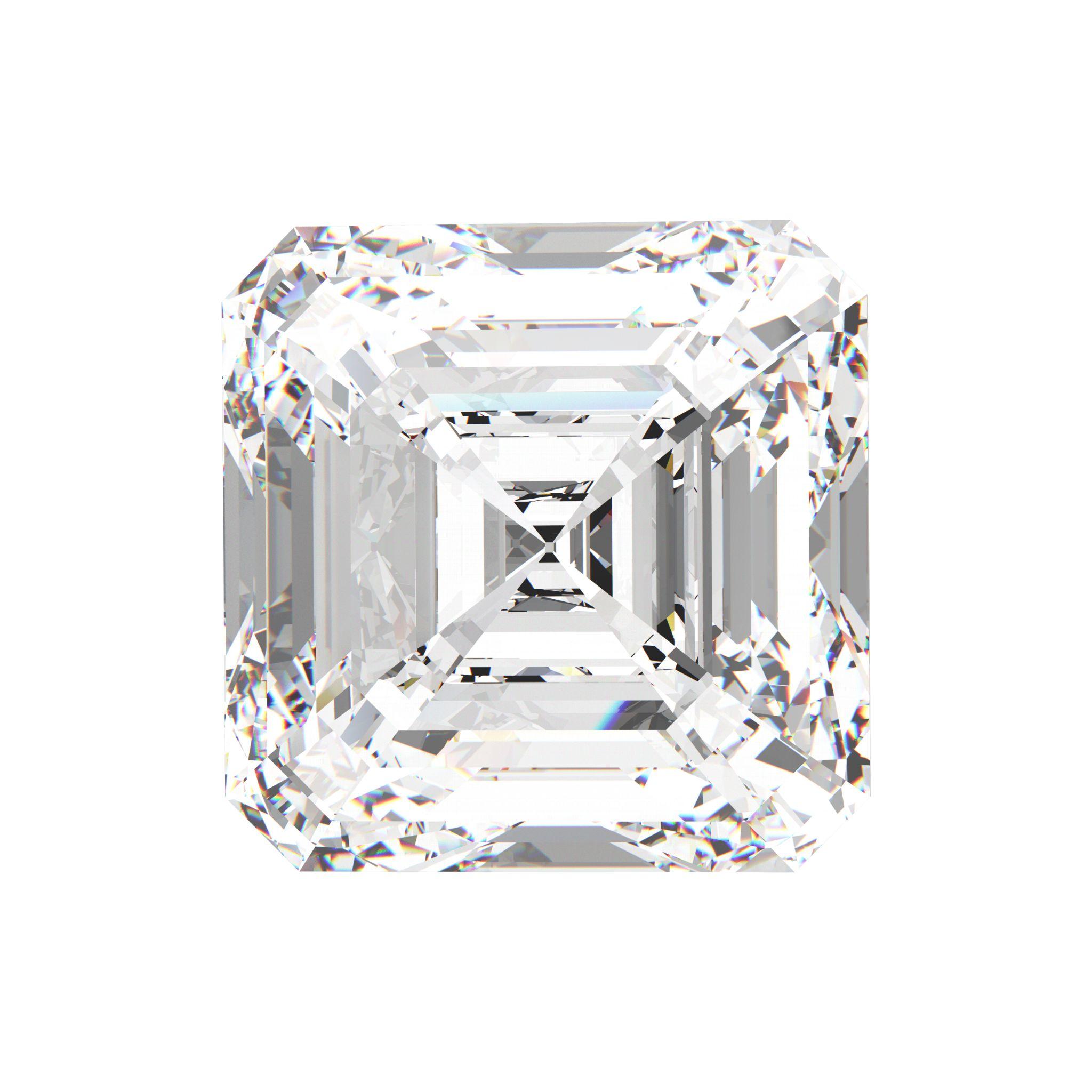
Pear Cut
This cut is a teardrop-shaped diamond with a rounded end and a pointed end. The Pear Cut has 58 to 71 facets and is designed to maximize the diamond’s brilliance and fire while creating a unique and elegant appearance.
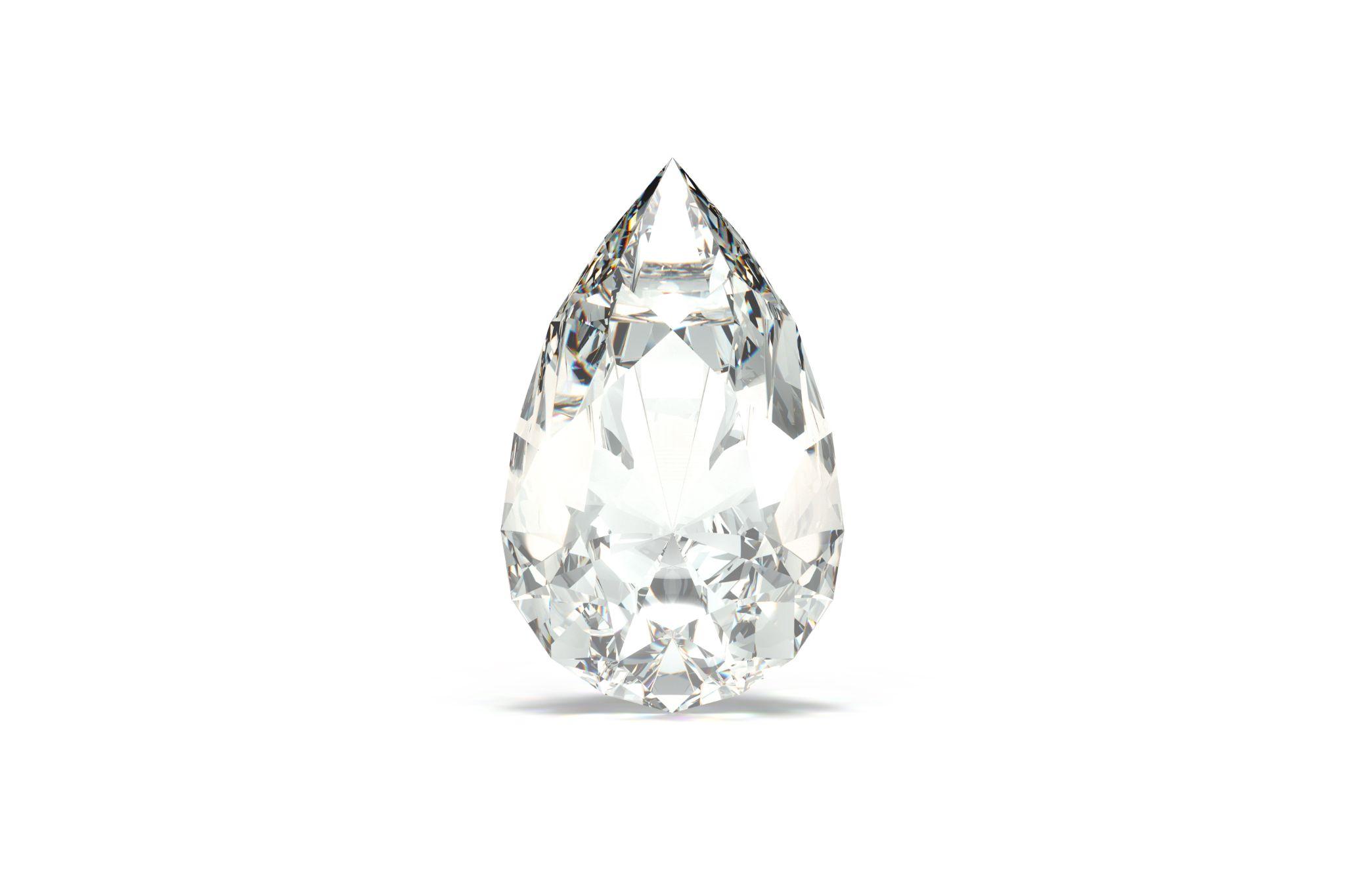
Oval Cut
This cut is an elongated shape with rounded ends. It has 56 to 58 facets and is designed to maximize the diamond’s brilliance and fire while creating the illusion of length. The Oval Cut can have a more modern or vintage look depending on its proportions and setting.
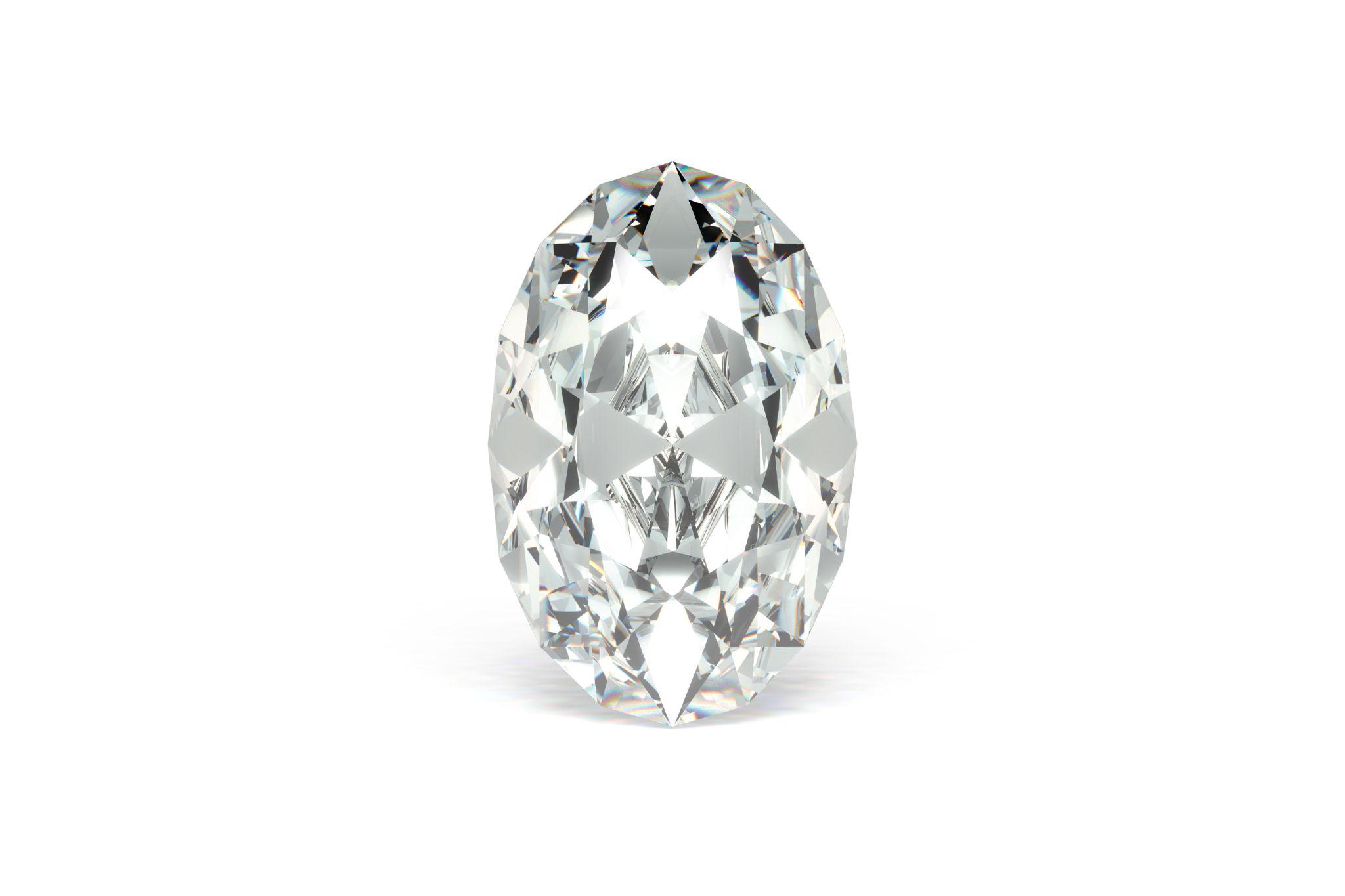
Heart Cut
This cut is a heart-shaped diamond with a cleft at the top. It has 56 to 58 facets and is a rare cut that requires a skilled diamond cutter to create. The Heart Cut is often used for romantic occasions like engagement rings and Valentine’s Day gifts.
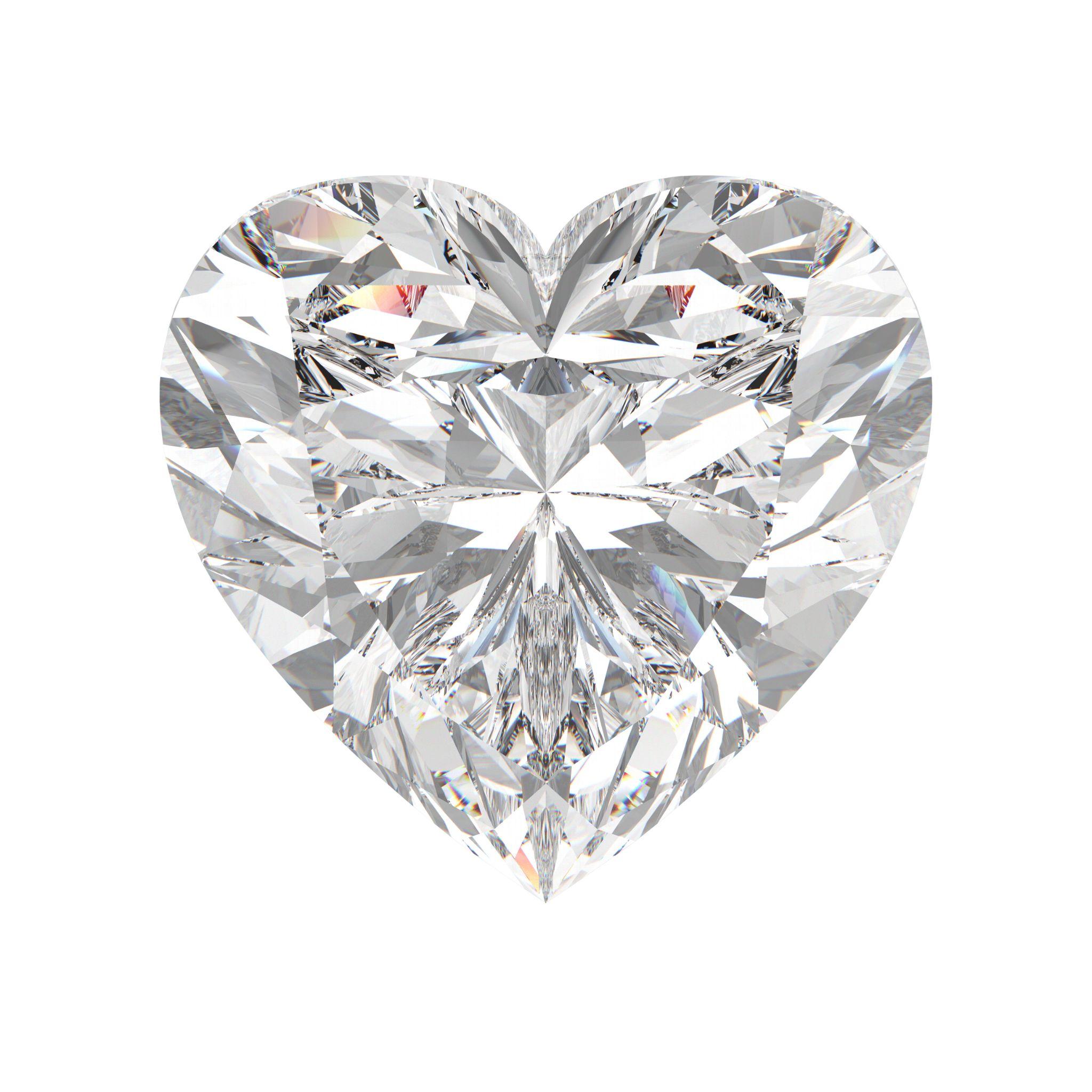
Marquise Cut
This cut is a pointed, elongated shape with curved sides. It has 56 facets and is designed to maximize the diamond’s carat weight and create the illusion of length. The Marquise Cut can have a modern or vintage look depending on its proportions and setting.
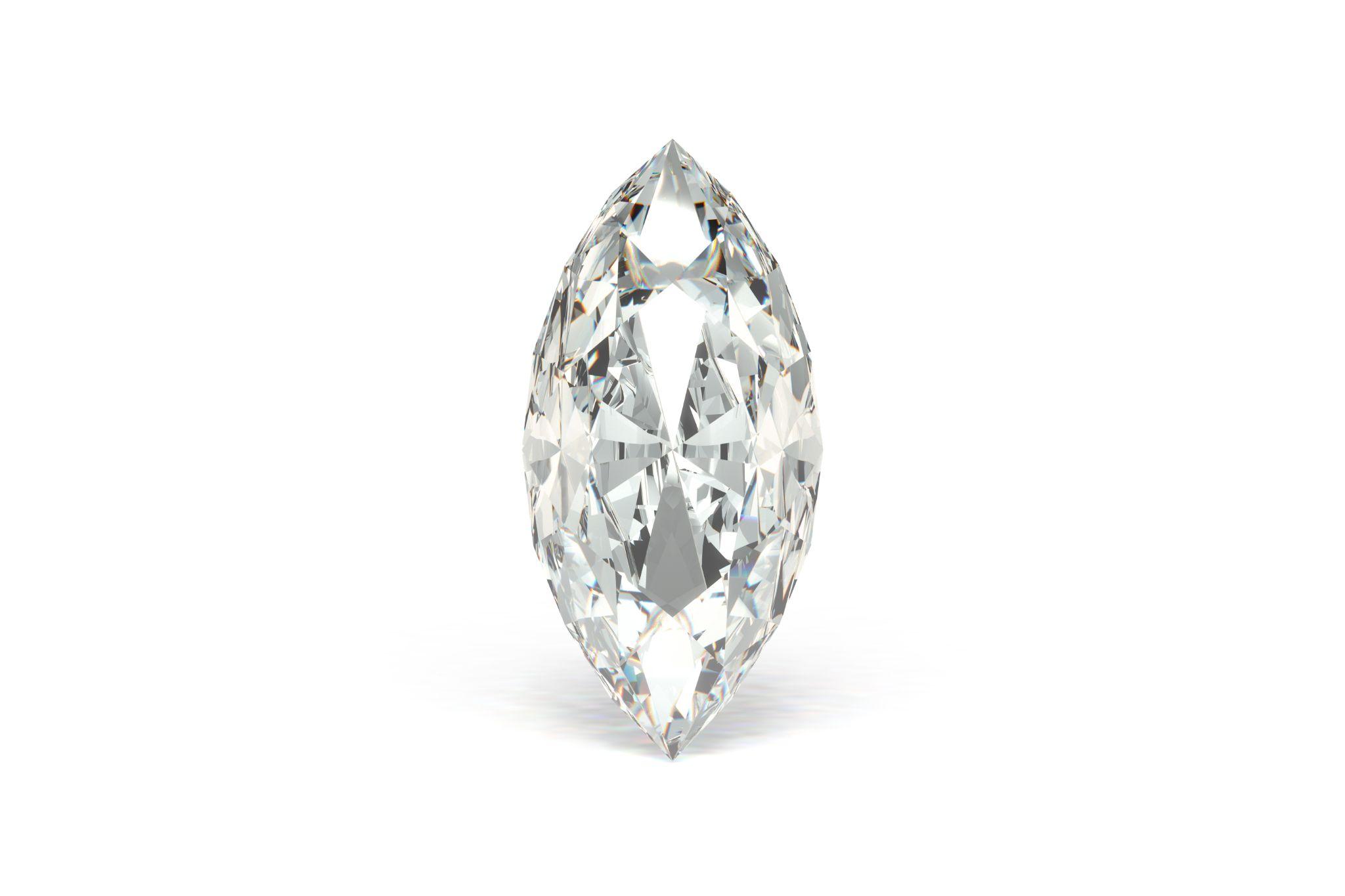
Additional Factors That Affect Value
Along with the 4Cs, there are several other factors that can affect the value of a diamond.
Condition
A diamond’s condition is an important consideration because it can affect its appearance, sparkle, and overall quality. A diamond that has been chipped, scratched, or worn down will not reflect light as well and will appear duller and less brilliant.
Brand
Diamonds sold by well-known brands, like Cartier, Tiffany & Co., Buccellati, Graff and Chopard, are often perceived to be of higher quality, and therefore command a premium price. Brands that are associated with quality, craftsmanship, and luxury can create a perception of exclusivity and desirability, which can drive up the price of their products.
Age
In some cases, the age of a diamond may be a factor in determining its value, but this is typically only relevant for diamonds that are over 100 years old. These diamonds may be considered rare or unique due to their age and historical significance, and may therefore be more valuable than a newer diamond of similar quality.
Market Demand
There are a few factors that can influence market demand for diamonds, including current fashion trends and changes in consumer preferences. For example, if a particular style of diamond engagement ring becomes popular among consumers, the demand for diamonds of a certain shape or size may increase, leading to higher prices for those diamonds.
Where to Sell Your Diamond Jewelry
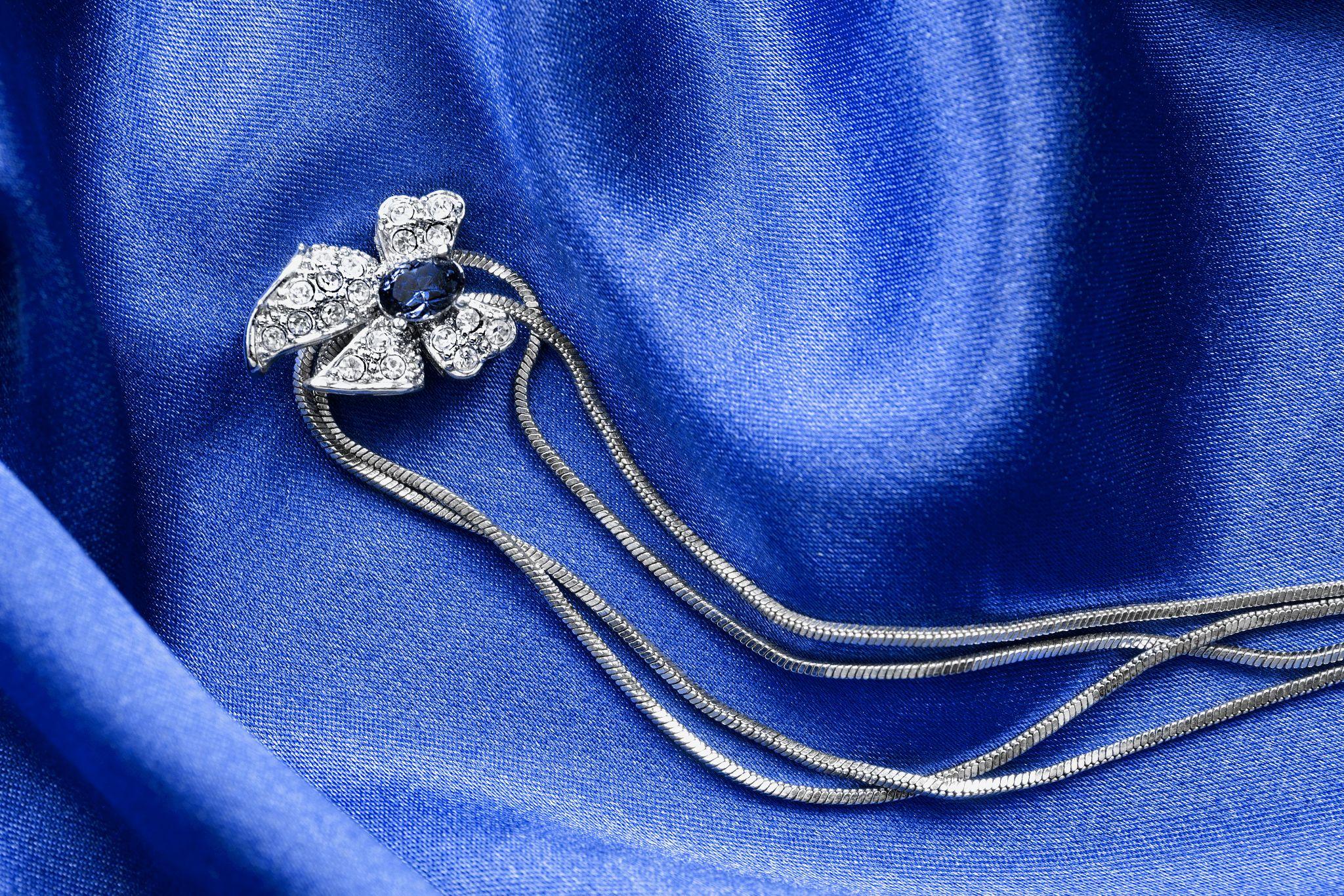
We encourage you to investigate alternate options when selling your item(s). This is truly the only way you will know how favorable Diamonds USA’s offer is. Here are some of the common options for selling jewelry and why they may not be the ideal avenue for you:
Local Jewelry Stores: Jewelry stores typically offer lower prices when buying diamonds or jewelry from individuals, as they need to factor in their own profit margin when reselling the item. Additionally, local jewelry stores may not have the expertise to accurately assess the value of your diamond, which could result in an offer that is lower than the true market value.
Consignment Shops: A notable downside to working with a consignment shop is that it may take longer to sell your jewelry, and there is no guarantee that the item will sell at all. When you consign your diamond jewelry, you are essentially giving the consignment shop permission to display and sell your item on your behalf, but you still own the item until it is sold. They also typically charge a commission fee, which can range from 20% to 50%, depending on the shop. If your item doesn’t sell within a certain time frame, you may have to pay additional fees or take back your item.
Pawn Shops: These businesses typically offer lower prices than other diamond buyers because they need to factor in their own profit margin and the risk of not being able to resell the item. In addition, pawn shops may not have the expertise of a professional jewelry appraiser, which could result in an offer that is lower than the true market value.
eBay: The downside to selling diamond jewelry on eBay is the risk of fraud and scams, competition from other sellers, and fees that can cut into your profit margin.
Diamonds USA offers years of experience in valuing precious stones and assaying metals. We do such a high volume of business we’re able to work off smaller margins that local and other online buyers would have a tough time justifying. We never charge for our professional appraisals, even if you decline our offer.
Your Satisfaction Is Guaranteed
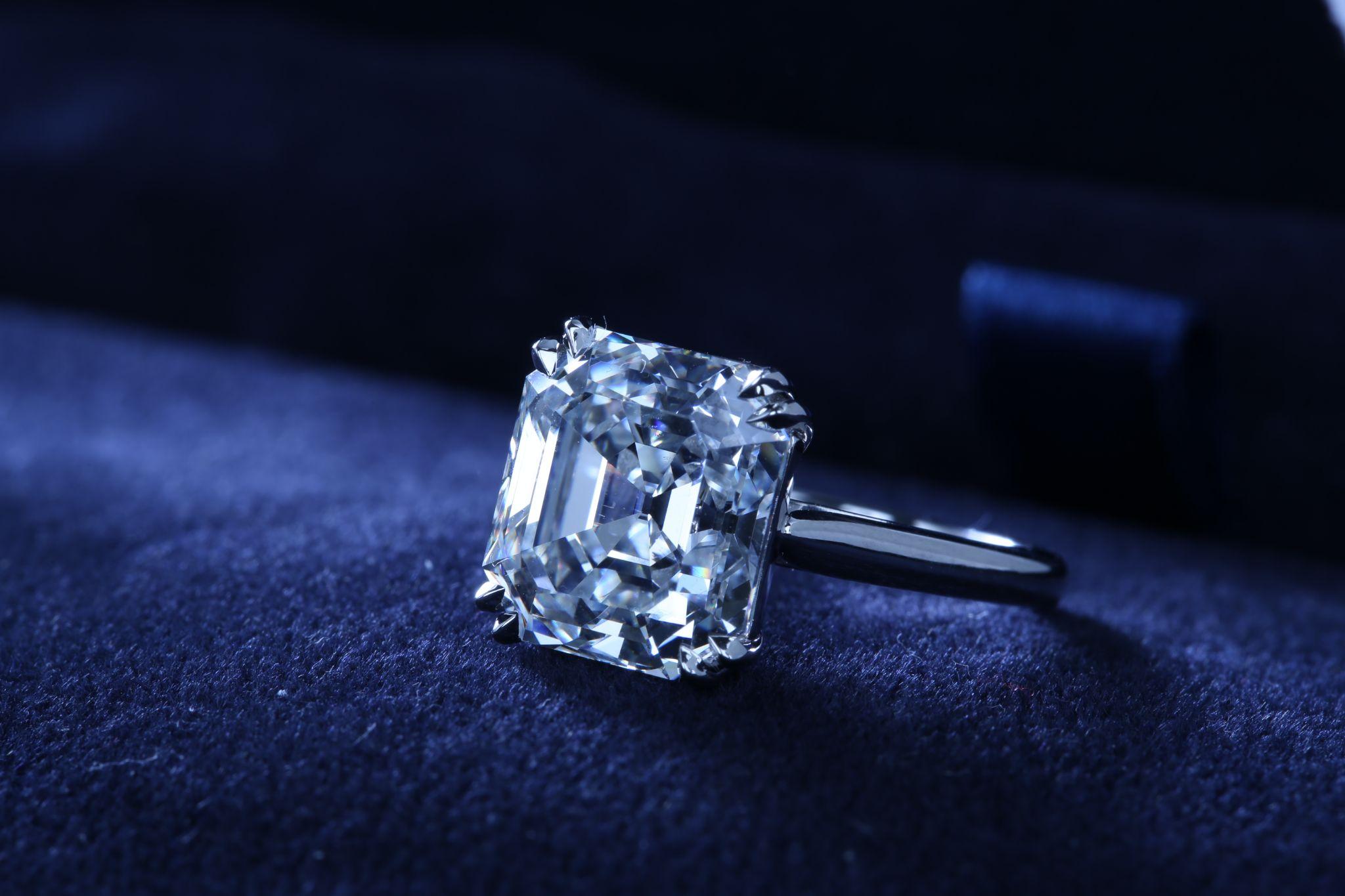
Diamonds are always in demand, even when the economy is fluctuating.
You may have invested in your diamond jewelry or been fortunate to have inherited jewelry as a gift. Regardless, when you’re ready to sell your stones and jewelry in a safe, secure, and fast way for a great price with no additional expense on your behalf, Diamonds USA will be here for you.
We’re proud of our honest principles and dedication to excellent customer service. That’s why we offer a satisfaction guarantee with every transaction; if for any reason you aren’t happy with your offer, all you have to do is decline. As soon as we’ve been notified, we send your jewelry back to you immediately, with no additional fees or obligation.
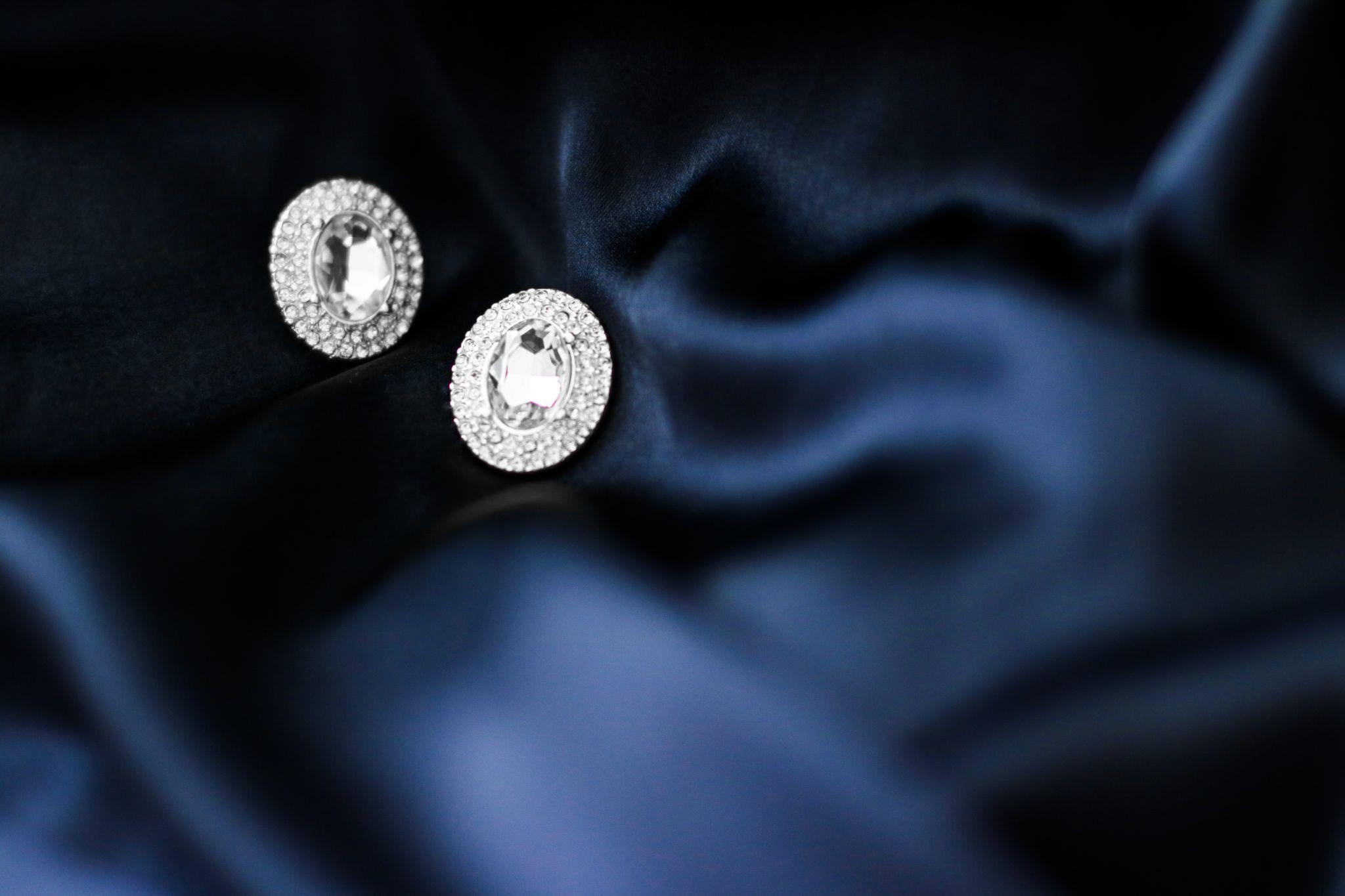
When you’re ready to sell, simply request your free appraisal kit now.
Post Revisions:
There are no revisions for this post.
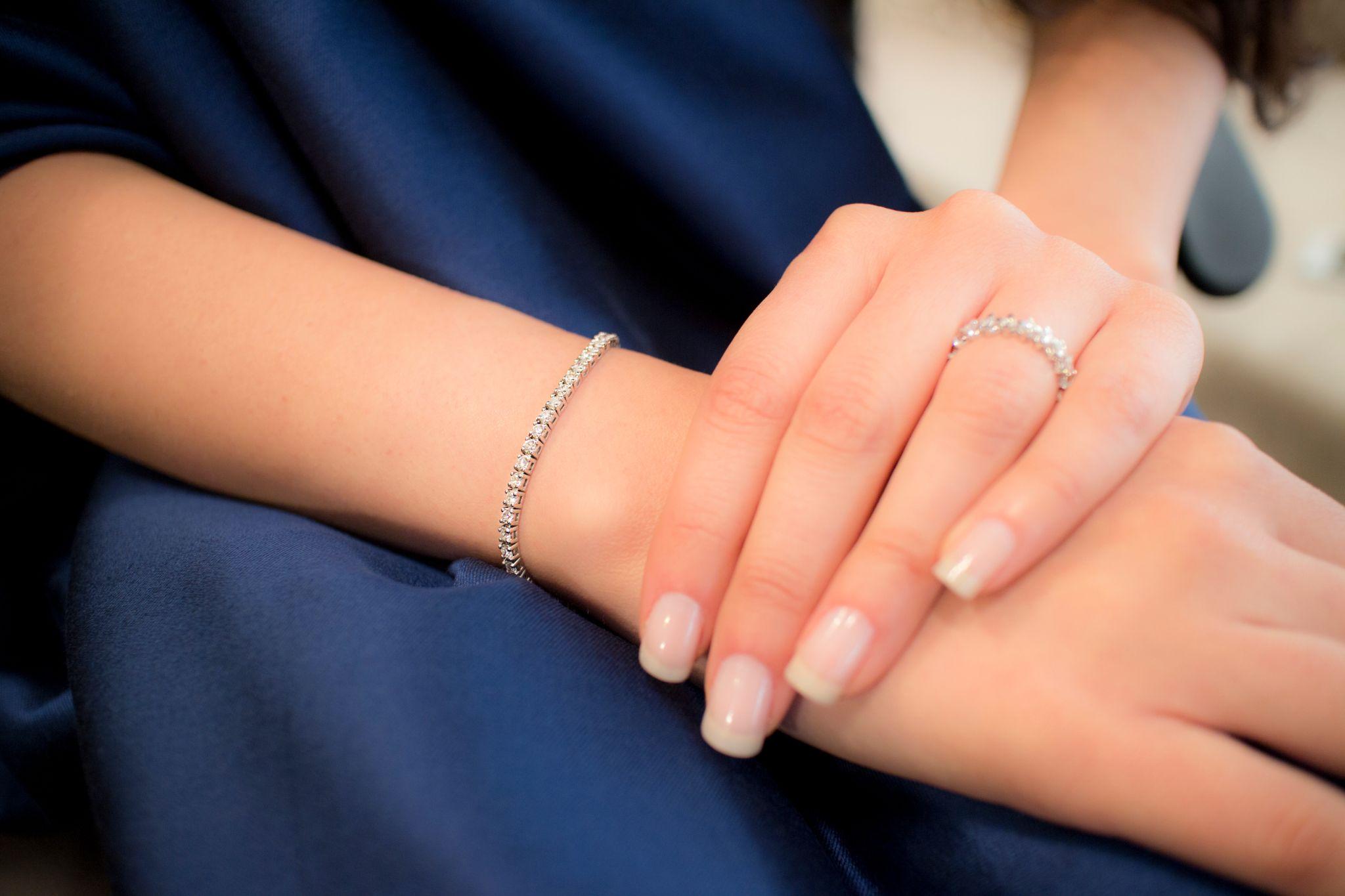
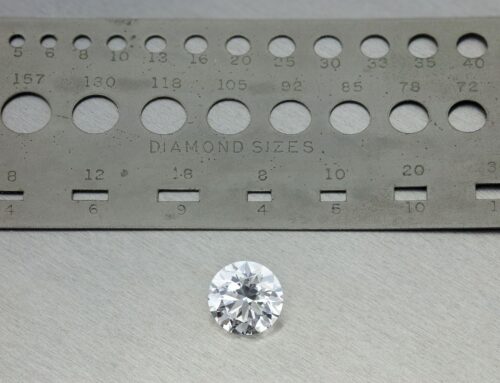
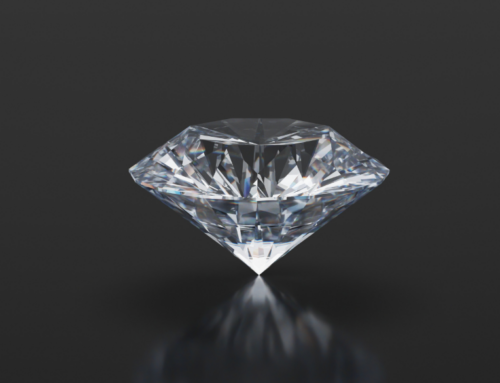
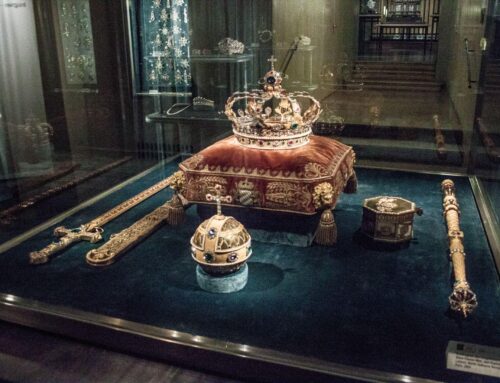
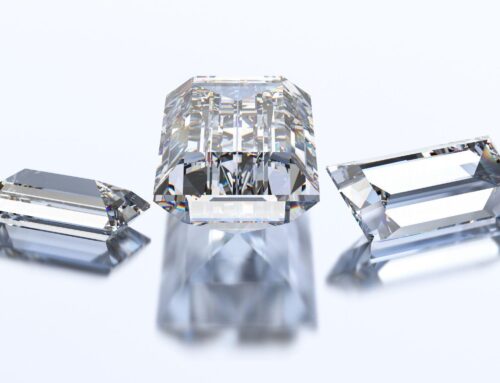

Leave A Comment